Find Help
More Items From Ergsy search
-

How to insert your hearing aid
Relevance: 100%
-
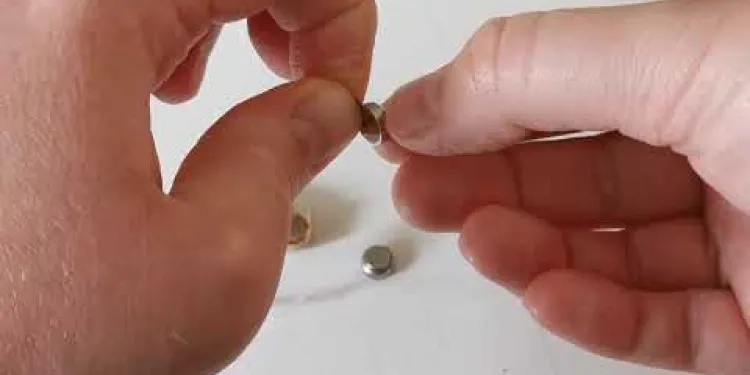
How to change your hearing aid battery
Relevance: 61%
-

Showing you around your hearing aid
Relevance: 58%
-
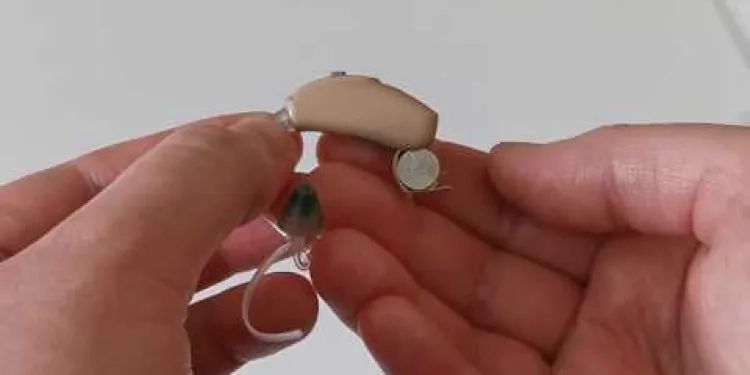
How to turn your hearing aids on and off
Relevance: 58%
-

How to remove your hearing aid
Relevance: 58%
-
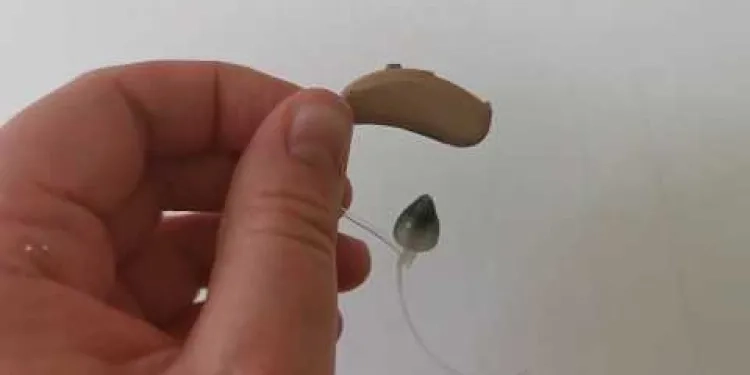
How to clean your hearing aid
Relevance: 57%
-
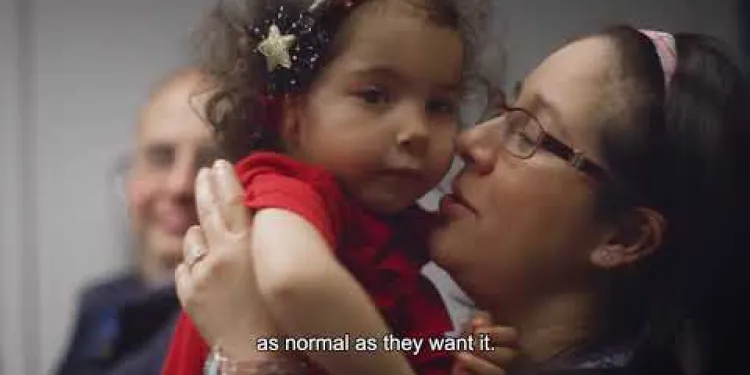
My baby has a hearing loss - what next?
Relevance: 39%
-

Are there specific hearing issues that pose a risk to older drivers?
Relevance: 37%
-
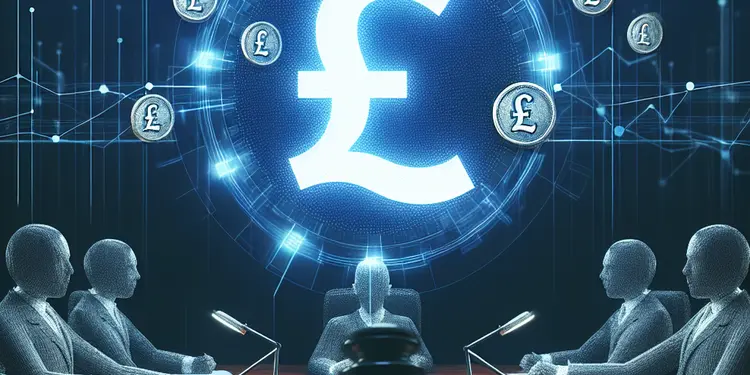
What happens during a tribunal hearing?
Relevance: 35%
-

How do I prepare for a tribunal hearing?
Relevance: 34%
-

How can I prepare for an eviction court hearing?
Relevance: 34%
-

Evidence-Based Interventions: grommets for glue ear in children
Relevance: 34%
-
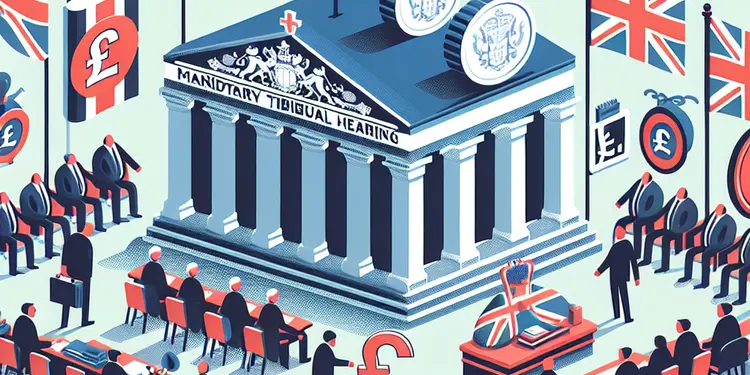
Will attending a tribunal hearing be mandatory?
Relevance: 33%
-

What should I do if I have hearing or visual impairments for the DVSA Theory Test?
Relevance: 30%
-

What is AIDS?
Relevance: 28%
-

Supreme Court to Hear Landmark Case on Environmental Regulations
Relevance: 26%
-

Are there first aid courses for pets?
Relevance: 25%
-
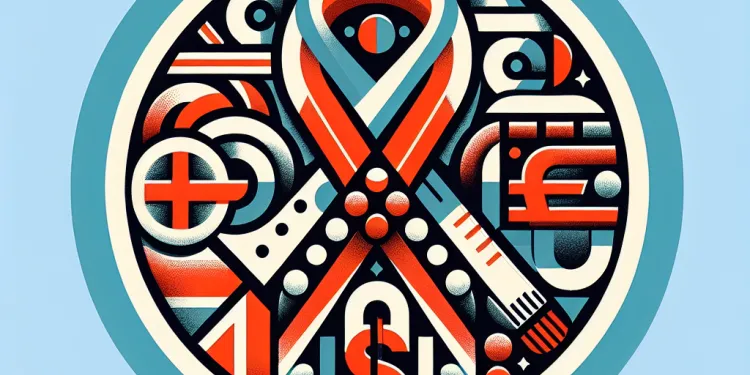
What is HIV / AIDS?
Relevance: 25%
-

Do first aid certifications expire?
Relevance: 25%
-

Where can I learn First Aid?
Relevance: 25%
-

Are there mobile apps that teach first aid?
Relevance: 24%
-

Are there free resources for learning first aid?
Relevance: 24%
-

What is the difference between HIV and AIDS?
Relevance: 24%
-

Are there financial aids available for further education?
Relevance: 24%
-

Can I learn first aid as a group?
Relevance: 24%
-

How to help deaf and hearing impaired patients and staff through Covid
Relevance: 24%
-

What is the best first aid certification to obtain?
Relevance: 23%
-

Where can I learn first aid online?
Relevance: 23%
-

Can I take first aid courses in person?
Relevance: 23%
-

What topics are covered in a first aid course?
Relevance: 23%
-

Glue Ear Pathway
Relevance: 23%
-

Can first aid skills help in daily life?
Relevance: 23%
-

Do I need to bring anything to a first aid course?
Relevance: 23%
-

How can I practice first aid skills effectively?
Relevance: 22%
-

Self care: Treating ear infections
Relevance: 22%
-

What age is appropriate to start learning first aid?
Relevance: 22%
-

Can first aid courses be applied for college credit?
Relevance: 22%
-

How important is it to learn CPR along with first aid?
Relevance: 22%
-

How does the payment affect students' financial aid packages?
Relevance: 22%
-

Legal Aid Cuts: Campaigners Warn of Access to Justice Crisis
Relevance: 21%
How to Insert Your Hearing Aid
Inserting a hearing aid might seem daunting at first, but with a bit of practice, it can become a routine task. This guide is designed to help you in the United Kingdom correctly and comfortably insert your hearing aid, ensuring you maximize its benefits.
Prepare Your Hearing Aid
Before you start inserting the hearing aid, make sure it is clean and in good working order. Ensure the batteries are fully charged or freshly replaced, as this will ensure optimal performance. Familiarize yourself with the parts of your hearing aid, including the microphone, battery compartment, and earmould or tip, so you know how to handle them properly.
Identify the Right and Left Hearing Aids
Most people using hearing aids will have two, one for each ear. It is important to insert the correct hearing aid in the correct ear for the best experience. Many hearing aids have coloured markings: red for the right ear and blue for the left ear. Check these markings before proceeding.
Insert the Hearing Aid
Gently hold the hearing aid between your thumb and forefinger. If your hearing aid has an earmould, align it with your ear canal. If it has a dome or tip, position it at the entrance of your ear canal. Carefully insert the earmould or tip into your ear, using the other hand to pull down on your earlobe to open up the ear canal. Ensure the device fits snugly without causing discomfort.
Check for Proper Fit and Comfort
Once the hearing aid is in place, double-check that it sits comfortably in your ear and is not causing any pressure points. Wiggle your jaw slightly and lean your head from side to side to ensure the hearing aid stays secure and is not prone to falling out. If you experience any feedback or whistling sounds, try adjusting the fit or consult with your audiologist for a solution.
Adjust the Settings
Many modern hearing aids adjust automatically, but some may require manual adjustment via buttons or a remote control. Adjust the volume and other settings as needed, ensuring that you can hear comfortably without any distortion. If you're new to using hearing aids, take your time to get used to how things should sound.
If you have any issues or uncertainties about inserting your hearing aid, contact your audiologist in the UK for support and follow-up. Regular check-ups can ensure your hearing aid fits correctly and is functioning at its best.
How to Put In Your Hearing Aid
Putting in a hearing aid might feel hard at first. But with practice, it can get easier. This guide will help you put in your hearing aid if you live in the UK. It will also help you get the most from your hearing aid.
Get Your Hearing Aid Ready
First, make sure your hearing aid is clean and working well. Check that the batteries have enough power or use new ones. This will help your hearing aid work best. Learn about the parts of your hearing aid. These parts include the microphone, battery holder, and the earmould or tip. Knowing them will help you put in your hearing aid.
Know Which Hearing Aid is Right or Left
Many people have two hearing aids, one for each ear. It is important to put the right hearing aid in the right ear. This will help you hear better. Your hearing aids may have colors: red for the right ear and blue for the left ear. Check these colors before you start.
Put In the Hearing Aid
Hold the hearing aid gently with your thumb and finger. If your hearing aid has an earmould, line it up with your ear. If it has a dome or tip, place it at the opening of your ear. Gently push the earmould or tip into your ear. Use your other hand to pull down on your earlobe. This makes your ear bigger for the hearing aid. Make sure it fits well and does not hurt.
Check the Fit and Comfort
Once your hearing aid is in, make sure it fits well and is comfy. Move your jaw a little and tilt your head from side to side. This helps check that your hearing aid stays in place. If you hear a whistling sound, try changing how the aid sits in your ear. If it keeps happening, talk to your audiologist for help.
Adjust the Settings
Some new hearing aids change settings by themselves. But some need you to change them with buttons or a remote. Adjust the volume and other settings. Make sure you can hear well and it sounds clear. If you are new to hearing aids, give yourself time to get used to how things sound.
If you find it hard to put in your hearing aid, talk to your audiologist in the UK. They can help you and check that your hearing aid is working right.
Frequently Asked Questions
How do I insert my hearing aid for the first time?
To insert your hearing aid for the first time, ensure the device is correctly charged or has a fresh battery. Hold the hearing aid with the tip at the entrance of your ear canal, and gently insert it, following the natural shape of your ear.
What should I do if my hearing aid feels uncomfortable?
If your hearing aid feels uncomfortable, try adjusting its position slightly. If discomfort persists, consult with your audiologist as the mold might need refitting or adjustment.
How do I know if my hearing aid is inserted correctly?
A correctly inserted hearing aid will feel snug but not painful. You should not experience any whistling sound, and your hearing should improve noticeably when the device is powered on.
Is there a specific angle to insert my hearing aid?
Yes, hearing aids should be inserted while following the natural angle of your ear canal. This often means inserting the device slightly upwards or straight, depending on the shape of your ear.
What should I do if my hearing aid keeps falling out?
Ensure your hearing aid is the right size by consulting with your audiologist. You may also need to adjust the positioning or consider ear grips or clips for added security.
Can I insert my hearing aid myself if I have dexterity issues?
If you have dexterity issues, seek assistance from someone else or consider using tools like insertion devices that can help position the hearing aid correctly in your ear.
What do I do if the hearing aid makes a whistling noise after insertion?
A whistling noise, also known as feedback, can occur if the hearing aid is not properly fitted. Ensure it's deeply and securely seated, or consult your audiologist for potential adjustments.
How should I clean my hearing aid's earpiece before inserting it?
Use a soft, dry cloth to wipe the earpiece clean before insertion. You can also use a specialised cleaning tool to remove any wax or debris that could affect performance.
Are there different methods for inserting hearing aids based on type?
Yes, different types of hearing aids such as behind-the-ear (BTE), in-the-ear (ITE), or completely-in-canal (CIC) have specific insertion techniques. Refer to your device’s manual or consult your audiologist.
Should I turn my hearing aid on before or after inserting it?
For most hearing aids, it's recommended to insert them first and then turn them on to avoid feedback and ensure a proper fit.
What should I do if I cannot insert my hearing aid completely?
If you cannot insert your hearing aid completely, make sure your ear canal is clear of blockages. If problems persist, consult with your audiologist as you might need a different size or model.
How do I ensure my ears are prepared for hearing aid insertion?
Ensure your ears are clean and dry. Avoid using cotton buds inside the ear, as they can push wax further in. Regular check-ups with your audiologist can help manage earwax levels.
Can inserting my hearing aid cause damage to my ears?
When inserted correctly, hearing aids should not cause damage. However, forceful or incorrect insertion can irritate or injure the ear canal. Follow guidelines and seek professional advice if unsure.
How can I get accustomed to inserting my hearing aid daily?
Practice regularly, ideally at the same time each day, to build a routine. If needed, ask for demonstrations or instructions from your audiologist.
Why is my hearing aid not improving my hearing after insertion?
If your hearing aid does not improve hearing after insertion, check the volume levels and whether the device is switched on. If problems continue, consult with your audiologist for a thorough check.
How do I put in my hearing aid for the first time?
Here are some simple steps to help you put in your hearing aid:
- Find a quiet place: It's easier to focus without noise.
- Wash your hands first: This keeps your hearing aid clean.
- Look in a mirror: It helps you see what you are doing.
- Check left and right: Make sure you know which hearing aid is for which ear.
- Follow the shape: Put the hearing aid in your ear. It should fit the shape of your ear.
- Ask for help: You can ask a family member or friend to help you, or talk to your audiologist if you need more help.
Here are some tools that can help:
- Mirror: Helps you see your ear clearly.
- Video guide: Watch a simple video on how to put in a hearing aid.
- Speech coach app: Some apps can guide you with voices.
When you put in your hearing aid for the first time, make sure it is charged or has a new battery. Hold the hearing aid with the small end at the opening of your ear. Slowly and gently push it in, following the shape of your ear.
What to Do If Your Hearing Aid Hurts
If your hearing aid feels uncomfortable, try moving it a little. If it still feels uncomfortable, talk to your hearing doctor. The part that fits in your ear might need to be changed or fixed.
How can I tell if my hearing aid is in the right way?
To know if your hearing aid is in right: - Check if it feels comfy in your ear. - Make sure it doesn't fall out easily. - Listen to see if it works well and sounds clear. If you're not sure: - Ask someone you trust to help you. - Use a mirror to look at your ear. - Visit your hearing teacher or doctor. These can help you use your hearing aid right: - Practice putting it in. - Use a guide with pictures.When you put the hearing aid in your ear, it should fit just right. It should not hurt. You should not hear any strange noises, like whistling. When you turn the device on, you should hear better.
How do I put in my hearing aid?
Ask someone to show you the best way to put in your hearing aid.
Using a mirror might help you see what you are doing.
If it's hard, you can ask a helper or family member to assist.
You should put hearing aids in the same way your ear is shaped. For many people, this means putting the hearing aid in a little upwards or straight. It depends on the shape of your ear.
What to Do If Your Hearing Aid Falls Out
Does your hearing aid keep falling out of your ear? Here are some steps you can try:
- Make sure it is put in correctly. Ask someone to help if you are not sure.
- Check if the hearing aid fits well. It should feel snug, not loose.
- Try a different size of ear tip. Your hearing specialist can help with this.
- Use a special clip or holder. This can keep it from falling to the ground.
Getting help from a hearing specialist can make using your hearing aid easier.
Talk to your hearing doctor to make sure your hearing aid fits well. You might need to move it a little to find the best spot. You can also use ear grips or clips to help keep it in place.
Can I put my hearing aid in myself if my hands have trouble?
It can be hard to put your hearing aid in if your hands don’t work well. Here’s what you can do to help:
- Ask for Help: A family member or friend might help you put it in.
- Use Tools: There are special tools that can help you put your hearing aid in.
- Practice: Practicing can make it easier over time.
- Talk to Your Doctor: Your doctor can give you advice and show you how.
If your hands don't work well, ask someone to help you or use special tools. These tools can help you put your hearing aid in your ear the right way.
What should I do if my hearing aid makes a whistling noise?
If your hearing aid makes a whistling sound, try these steps:
- Make sure the hearing aid is put in your ear correctly.
- Check if the hearing aid is clean and dry.
- Ask someone you trust to help if you are still having trouble.
If the noise doesn't stop, ask a hearing expert for help.
If you hear a whistling sound from your hearing aid, it might not fit right. Make sure it is snug in your ear. If it still whistles, ask your hearing doctor for help. They can make it fit better.
How do I clean my hearing aid's earpiece before using it?
Here is how you can clean your hearing aid's earpiece:
- Use a soft, dry cloth to gently wipe the earpiece.
- Do not use water or cleaners. They can hurt the earpiece.
- You can use a special tool called a "wax loop" to remove any wax.
- Ask an adult for help if you need it.
It is important to keep your hearing aid clean so it works well.
Before you put in your earpiece, clean it with a soft, dry cloth. This will help keep it nice and clean.
You can also use a special cleaning tool to get rid of any wax or dirt. This helps it work better.
Do different hearing aids go in your ears in different ways?
Yes, there are different kinds of hearing aids. Some go behind your ear, some go in your ear, and some are very small and go deep inside your ear. Each type needs to be put in a special way. Check the instructions that came with your hearing aid or ask your hearing doctor for help.
When should I turn my hearing aid on?
Should I turn it on before I put it in my ear, or after?
Here are some tips:
- It might be easier to turn it on after you put it in your ear.
- This way, you won't hear any loud noises while putting it in.
- You can ask someone to help if you are not sure.
Use tools like pictures or videos to learn more.
Most of the time, it is best to put your hearing aids in your ears first. Then, turn them on. This helps stop buzzing noises and makes sure they fit well.
What can I do if my hearing aid won't go in all the way?
Here are some simple steps to try:
- Check the Right Fit: Make sure you have the right hearing aid for the right ear. Right and left hearing aids can be different.
- Look for Blockages: Check if something is blocking your ear or the hearing aid, like earwax.
- Clean Carefully: Gently clean the hearing aid and your ear. Be careful not to push anything further in.
- Use a Mirror: Try putting it in while looking in a mirror. It may help you see what you're doing.
- Ask for Help: If you're still having trouble, ask someone you trust to help you.
- Visit a Professional: If it still doesn't fit, visit a hearing specialist. They can help you find the right fit.
Extra Tips:
- Use a soft light to see better.
- Try to be relaxed and patient.
If you continue to have problems, talking to a doctor or a hearing professional is a good idea. They can give advice and support.
If you can't put your hearing aid all the way in, check if something is blocking your ear. If you still have trouble, talk to your hearing doctor. You might need a different size or type of hearing aid.
How can I get my ears ready to use hearing aids?
Here is how you can get your ears ready to use hearing aids:
- Keep your ears clean. Wipe them with a soft cloth.
- If you have earwax, ask an adult or a doctor to help. It is important to have clean ears.
- Practice putting the hearing aids in and taking them out.
- Ask an adult to show you how it works.
- Make sure they fit comfortably in your ears.
If you need help, you can ask:
- A doctor or nurse
- Your family or a friend
- An audiologist (a person who knows a lot about ears and hearing aids)
Remember, it is okay to ask questions if you are unsure.
Keep your ears clean and dry. Do not use cotton buds inside your ears. This can push earwax further in. Visit your ear doctor regularly to help keep earwax under control.
Will putting in my hearing aid hurt my ears?
Here are some tips to help:
- Be gentle when putting in your hearing aid.
- Make sure it fits well and is not too tight.
- Ask someone to help if you need it.
- If it hurts, stop and ask a doctor for advice.
If you put hearing aids in the right way, they won't cause harm. But if you push them in too hard or the wrong way, they can hurt your ear.
Always follow the directions or ask an expert if you are not sure what to do.
How can I get used to putting my hearing aid in every day?
Here are some tips to help: 1. **Practice**: Try putting your hearing aid in front of a mirror. This helps you see what you are doing. 2. **Routine**: Do it at the same time every day, like before breakfast. This makes it a habit. 3. **Help**: Ask a family member or friend to help you until you are comfortable. 4. **Reminders**: Use a note or an alarm to remind you. 5. **Support Tools**: There are special tools that can make it easier. Ask your doctor about them. You will get better with practice!Try to practice every day at the same time. This will help you get into a habit. If you need help, ask your audiologist to show you what to do.
Why can't I hear better with my hearing aid in?
Here are some reasons why your hearing aid might not help you hear better:
- The hearing aid might not fit right.
- The batteries might be low or dead.
- There might be earwax blocking it.
- It might be turned off or the volume is too low.
Here are some things you can do to help:
- Make sure the hearing aid fits well in your ear.
- Check and replace the batteries if needed.
- Clean your ears to remove any earwax.
- Turn on the hearing aid and adjust the volume.
- Ask a doctor or hearing aid specialist for help.
If your hearing aid doesn’t help you hear better after you put it in, check these things. Make sure it is turned on and the volume is up. If it still doesn’t work, talk to your hearing doctor. They can help you fix it.
Useful Links
- Ergsy carfully checks the information in the videos we provide here.
- Videos shown by Youtube after a video has completed, have NOT been reviewed by ERGSY.
- To view, click the arrow in centre of video.
- Most of the videos you find here will have subtitles and/or closed captions available.
- You may need to turn these on, and choose your preferred language.
- Go to the video you'd like to watch.
- If closed captions (CC) are available, settings will be visible on the bottom right of the video player.
- To turn on Captions, click settings .
- To turn off Captions, click settings again.
More Items From Ergsy search
-

How to insert your hearing aid
Relevance: 100%
-

How to change your hearing aid battery
Relevance: 61%
-

Showing you around your hearing aid
Relevance: 58%
-

How to turn your hearing aids on and off
Relevance: 58%
-

How to remove your hearing aid
Relevance: 58%
-

How to clean your hearing aid
Relevance: 57%
-

My baby has a hearing loss - what next?
Relevance: 39%
-

Are there specific hearing issues that pose a risk to older drivers?
Relevance: 37%
-

What happens during a tribunal hearing?
Relevance: 35%
-

How do I prepare for a tribunal hearing?
Relevance: 34%
-

How can I prepare for an eviction court hearing?
Relevance: 34%
-

Evidence-Based Interventions: grommets for glue ear in children
Relevance: 34%
-

Will attending a tribunal hearing be mandatory?
Relevance: 33%
-

What should I do if I have hearing or visual impairments for the DVSA Theory Test?
Relevance: 30%
-

What is AIDS?
Relevance: 28%
-

Supreme Court to Hear Landmark Case on Environmental Regulations
Relevance: 26%
-

Are there first aid courses for pets?
Relevance: 25%
-

What is HIV / AIDS?
Relevance: 25%
-

Do first aid certifications expire?
Relevance: 25%
-

Where can I learn First Aid?
Relevance: 25%
-

Are there mobile apps that teach first aid?
Relevance: 24%
-

Are there free resources for learning first aid?
Relevance: 24%
-

What is the difference between HIV and AIDS?
Relevance: 24%
-

Are there financial aids available for further education?
Relevance: 24%
-

Can I learn first aid as a group?
Relevance: 24%
-

How to help deaf and hearing impaired patients and staff through Covid
Relevance: 24%
-

What is the best first aid certification to obtain?
Relevance: 23%
-

Where can I learn first aid online?
Relevance: 23%
-

Can I take first aid courses in person?
Relevance: 23%
-

What topics are covered in a first aid course?
Relevance: 23%
-

Glue Ear Pathway
Relevance: 23%
-

Can first aid skills help in daily life?
Relevance: 23%
-

Do I need to bring anything to a first aid course?
Relevance: 23%
-

How can I practice first aid skills effectively?
Relevance: 22%
-

Self care: Treating ear infections
Relevance: 22%
-

What age is appropriate to start learning first aid?
Relevance: 22%
-

Can first aid courses be applied for college credit?
Relevance: 22%
-

How important is it to learn CPR along with first aid?
Relevance: 22%
-

How does the payment affect students' financial aid packages?
Relevance: 22%
-

Legal Aid Cuts: Campaigners Warn of Access to Justice Crisis
Relevance: 21%


